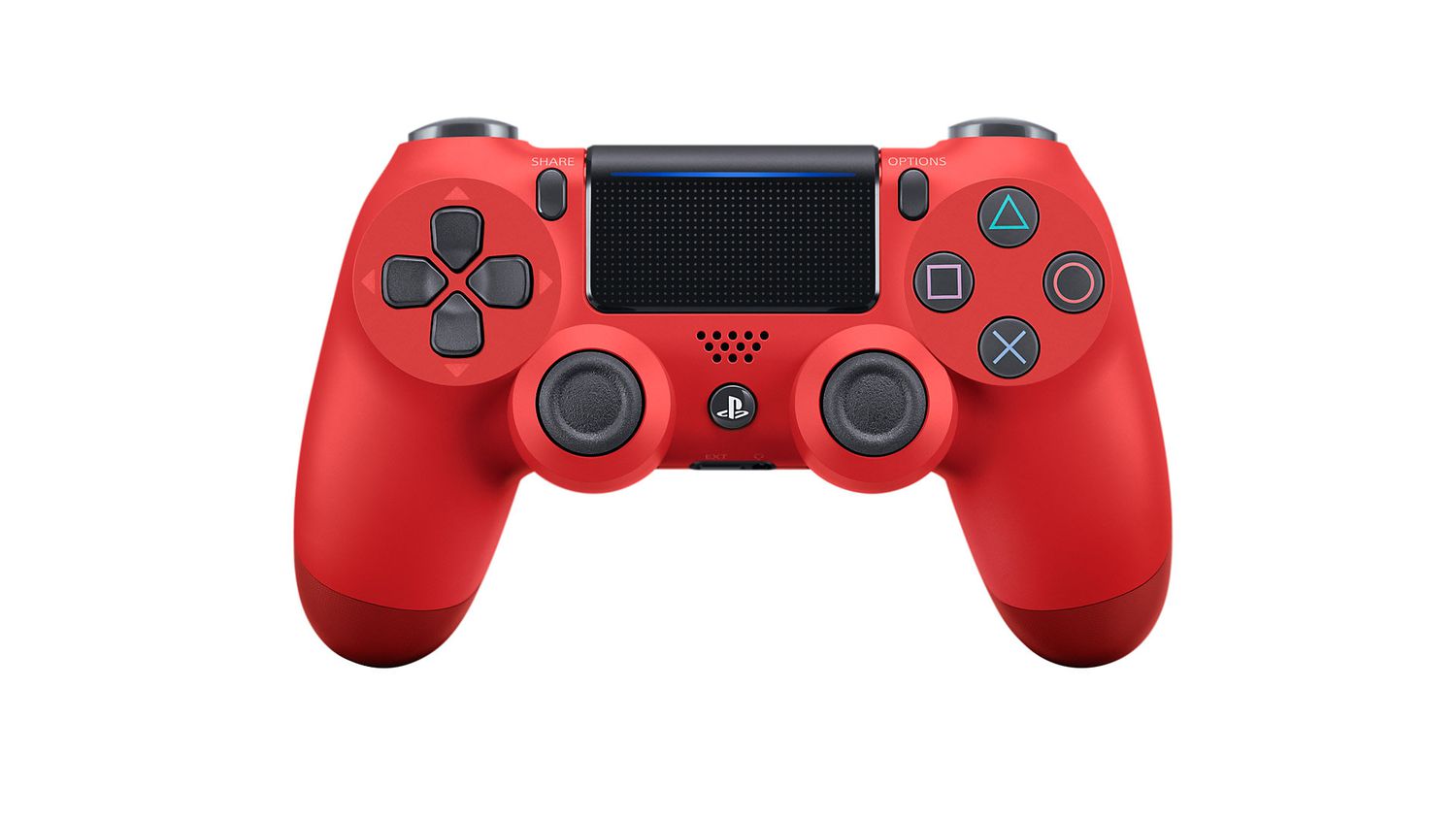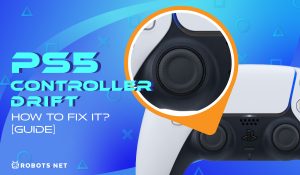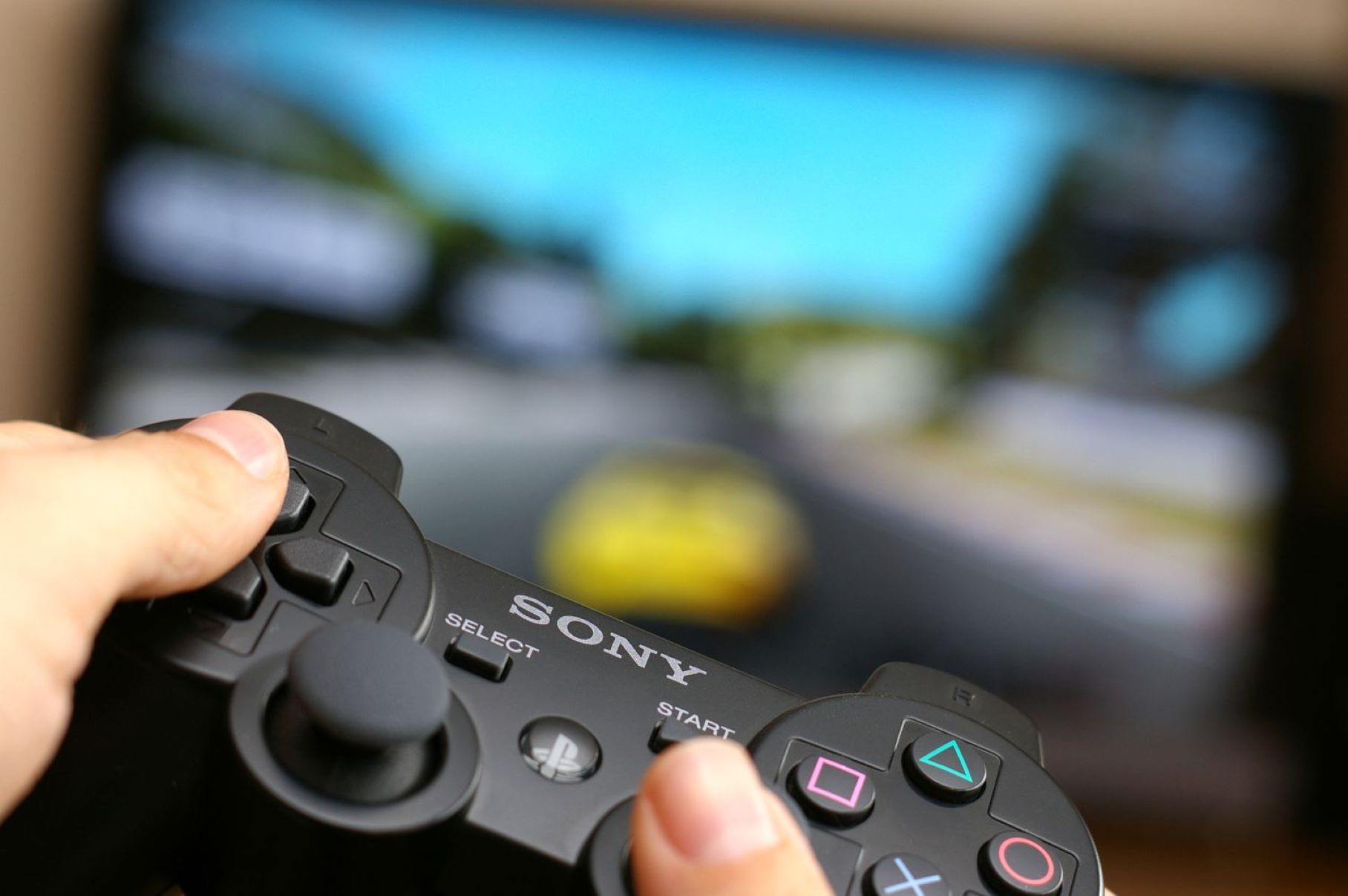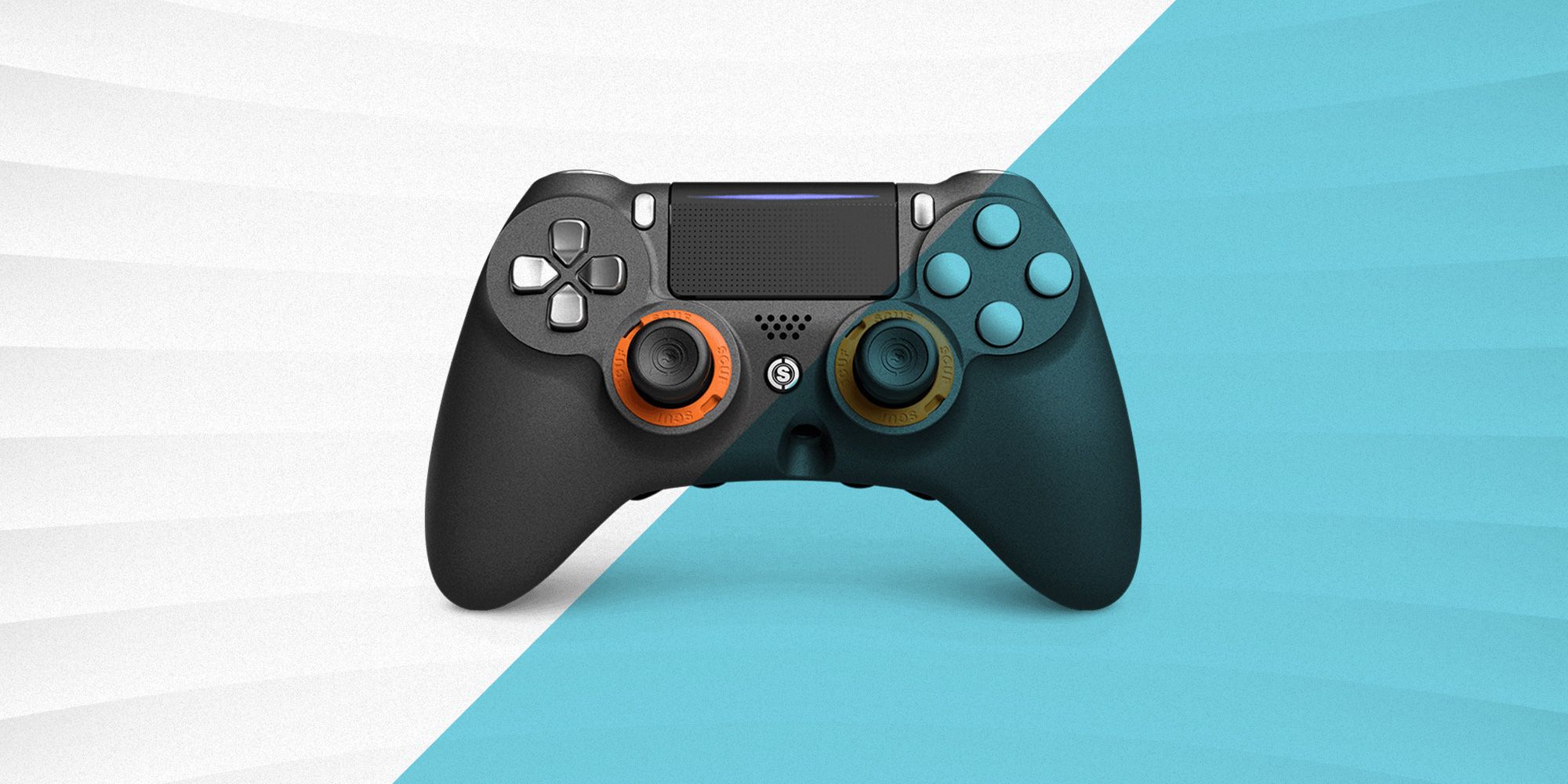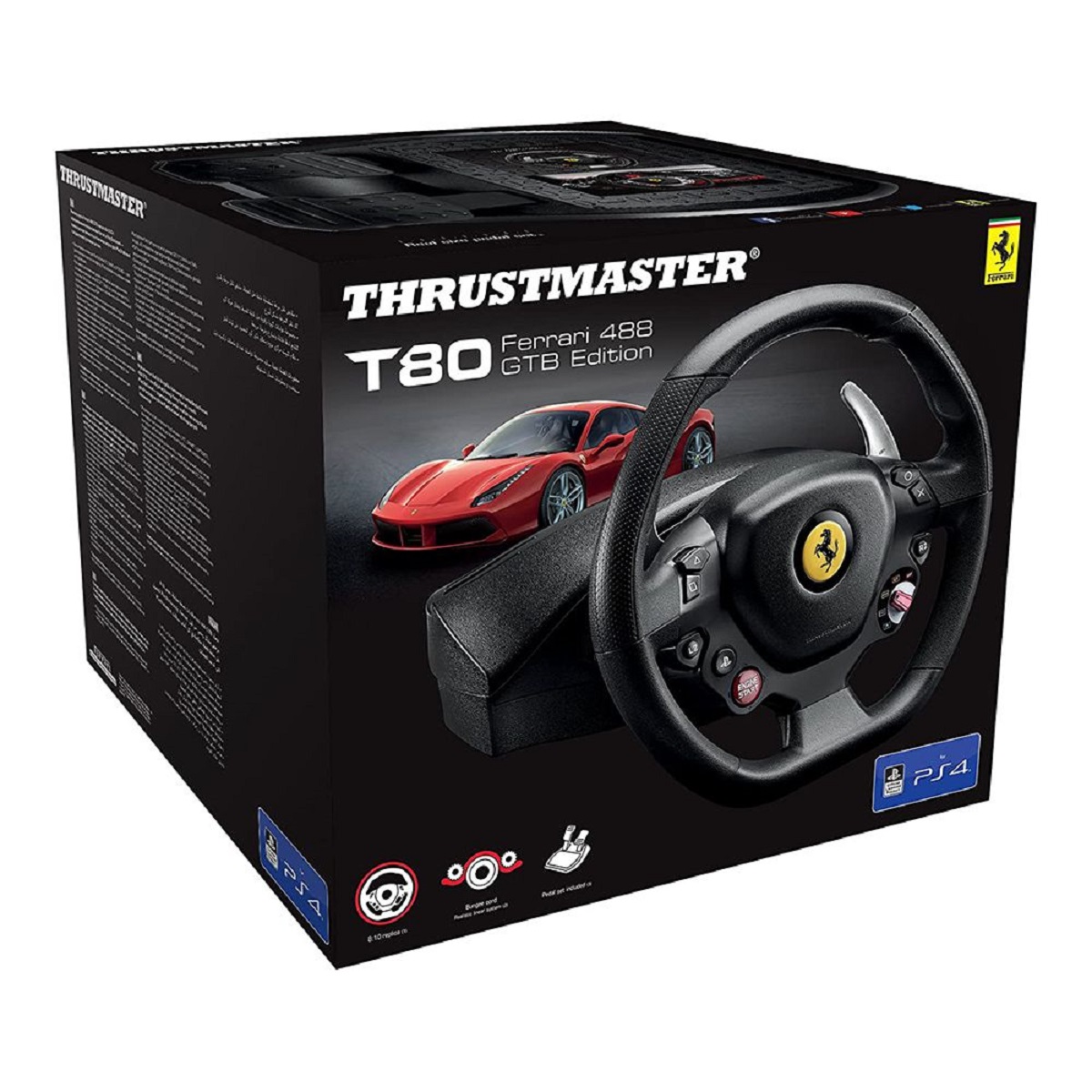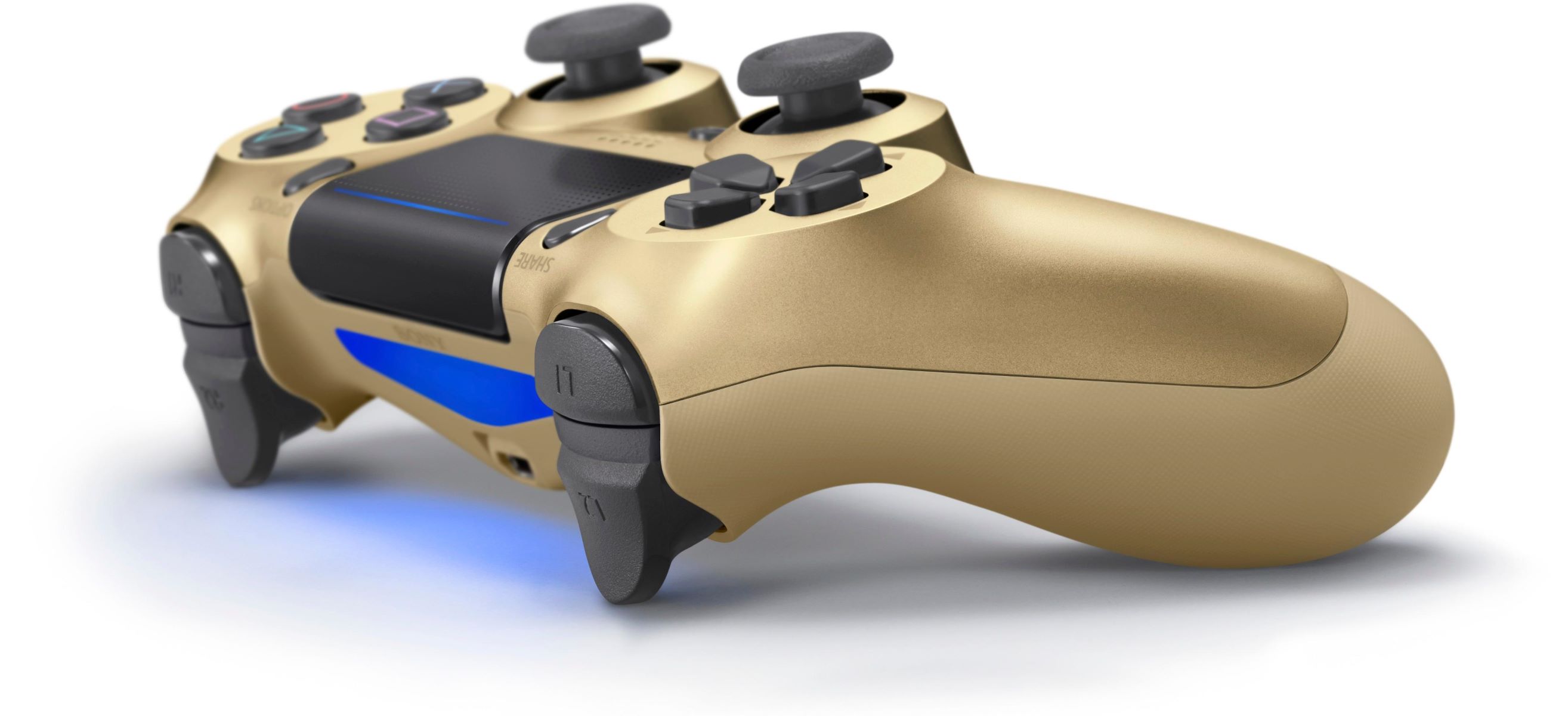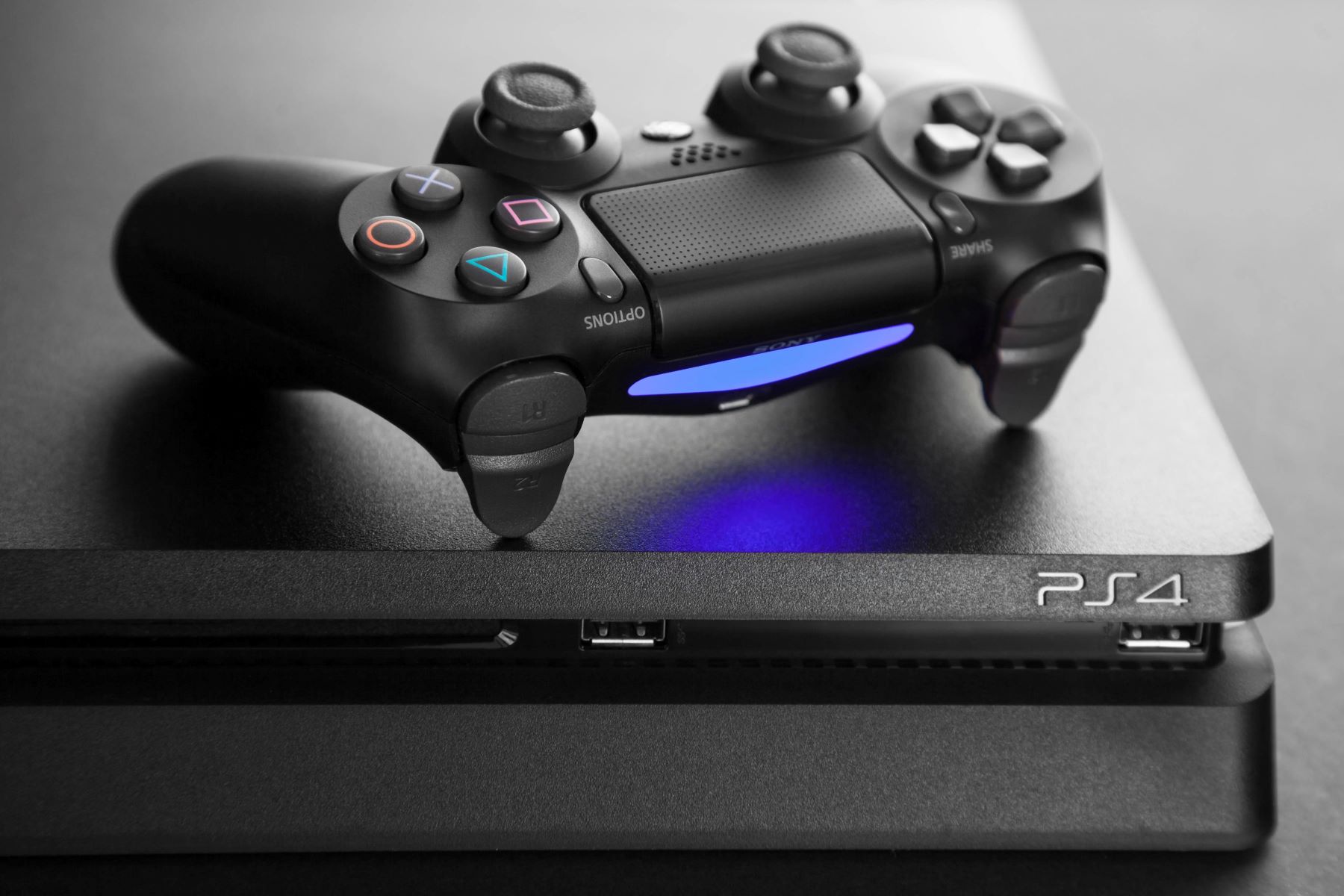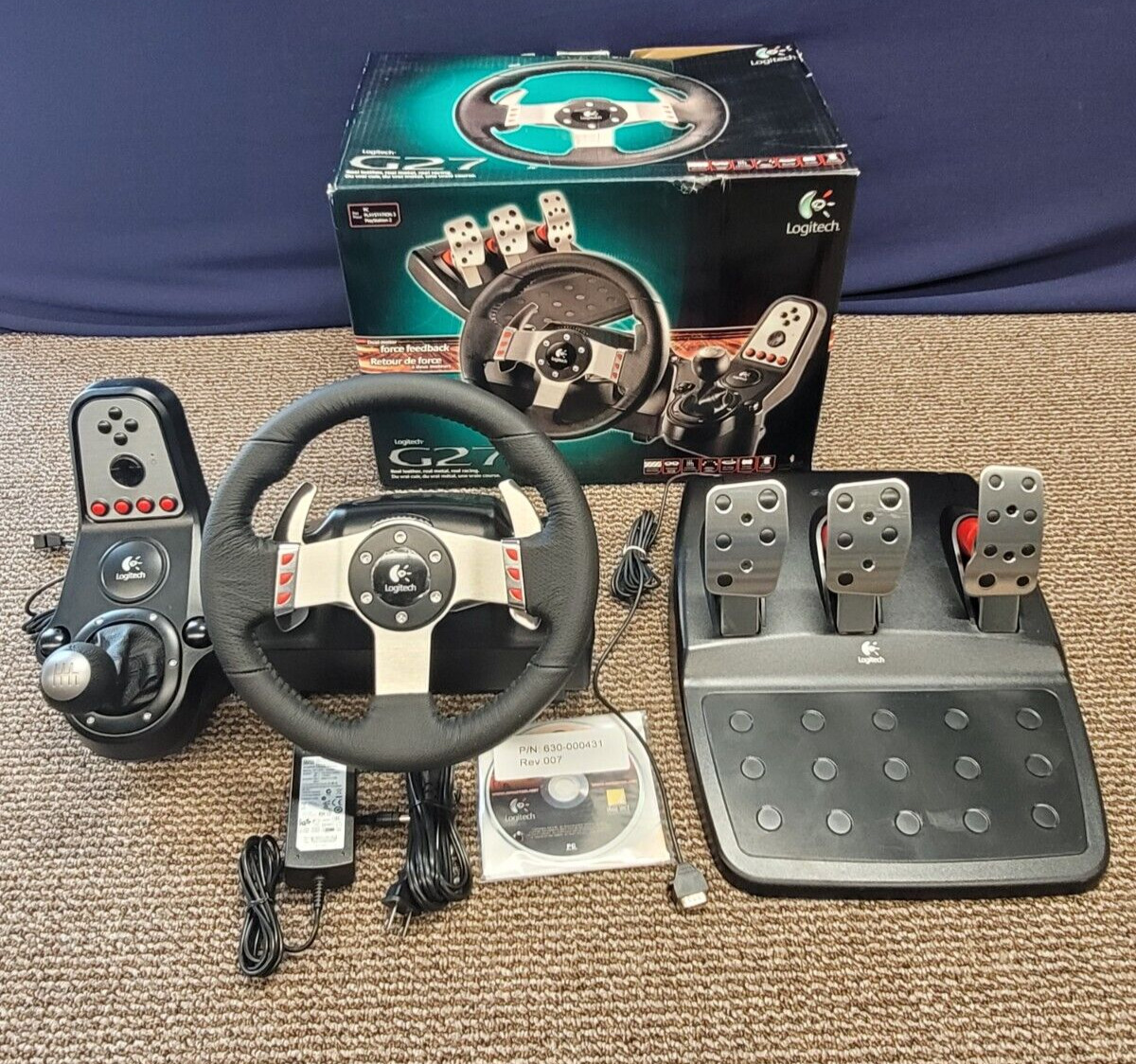Introduction
Welcome to the world of PlayStation! The excitement of gaming on your PlayStation console can be unparalleled, but what happens when you encounter an annoying issue like controller drift? You’re in the middle of an intense game, and suddenly, your character starts moving or aiming on its own, throwing your gameplay off balance.
PlayStation controller drift is a common problem that many gamers face. It occurs when the thumbsticks on your controller begin registering incorrect or unintended movements, even when they are not being touched. This issue can be frustrating and disrupt your gaming experience.
The good news is that controller drift can often be fixed with a few simple troubleshooting steps. In this article, we will explore the common causes of controller drift, as well as various methods to fix the problem and prevent it from happening in the future. Whether you are a casual gamer or an avid PlayStation enthusiast, this guide will help you get back to gaming without the annoyance of controller drift.
Before we dive into the solutions, let’s examine some of the most common causes behind controller drift. Understanding the root causes can help us identify the appropriate fixes and prevent the problem from recurring.
What is Playstation Controller Drift?
PlayStation controller drift refers to the phenomenon where the thumbsticks on your controller register unintended movements, causing your in-game character to move or aim on its own. It can occur in both the left and right thumbsticks and can be a frustrating experience for gamers.
The issue typically manifests as subtle movements in-game, such as the camera panning or the character slowly drifting to one side. In more severe cases, the controller drift can be more pronounced, making it difficult to control your character or navigate menus effectively.
Controller drift can occur for various reasons. Wear and tear over time, as well as excessive or aggressive use of the thumbsticks, can lead to the degradation of the internal components responsible for registering movement. Dust, dirt, or debris can also accumulate inside the controller, hindering the proper functioning of the thumbsticks. In some cases, the firmware of the controller may need to be updated to resolve the drift issue.
It’s important to note that controller drift is not exclusive to PlayStation controllers and can also occur with other gaming consoles’ controllers. However, as PlayStation remains one of the most popular gaming platforms worldwide, addressing controller drift for PlayStation gamers is paramount.
In the following sections, we will explore some common causes of controller drift and provide step-by-step troubleshooting methods to fix the issue and get you back to enjoying your gaming sessions without any unwanted movements from your controller.
Common Causes of Controller Drift
Understanding the common causes behind PlayStation controller drift can help you identify the appropriate troubleshooting steps and potentially prevent the issue from recurring. Here are a few primary factors that can contribute to controller drift:
- Wear and Tear: Over time, the internal components that register movement in the thumbsticks can wear down, leading to inaccurate readings. This can result from extended use of the controller or aggressive movements during gameplay.
- Dust and Dirt Accumulation: The accumulation of dust, dirt, or other debris inside the controller can impact the proper functioning of the thumbsticks. Small particles can interfere with the sensors, causing them to misinterpret movement or register unintended inputs.
- Liquid Spills: Accidental spills or exposure to liquids can damage the internal electronics of the controller, including the components responsible for detecting thumbstick movements. Liquids can corrode and disrupt the delicate circuitry, resulting in erratic behavior and controller drift.
- Controller Firmware: In some cases, outdated or corrupted firmware can cause issues with the controller’s functionality, including controller drift. Updating the firmware can often resolve such problems.
It’s worth noting that controller drift can occur even with brand new controllers, as defects in manufacturing or assembly processes can contribute to the issue. However, in most cases, the aforementioned factors are the primary culprits behind controller drift.
Now that we have explored the common causes of controller drift, it’s time to move on to the troubleshooting methods that can help you fix the issue and regain full control over your gaming experience. In the following sections, we will provide step-by-step instructions on various techniques to resolve controller drift.
Troubleshooting the Issue
Experiencing controller drift can be frustrating, but there are several troubleshooting methods you can try before considering more drastic measures like replacing the controller. Let’s explore these methods step by step to help you resolve the issue:
Method 1: Calibrating the Controller
Calibrating the controller is a simple yet effective method to address controller drift. Here’s how you can do it:
- Connect the controller to the PlayStation console using a USB cable.
- Go to the PlayStation settings menu and select “Devices” > “Controllers”.
- Select the controller experiencing drift and choose “Adjust Analog Stick” or a similar option.
- Follow the on-screen instructions to calibrate the thumbsticks. This process varies depending on the PlayStation console model.
- Once the calibration is complete, test the controller to see if the drift issue has been resolved.
Method 2: Cleaning the Thumbsticks
Accumulated dirt or debris can interfere with the proper functioning of the thumbsticks and contribute to drift. Cleaning the thumbsticks can help resolve this issue:
- Power off the PlayStation console and disconnect the controller.
- Gently remove the thumbsticks by applying slight pressure and pulling upwards.
- Use a soft cloth or cotton swab dampened with rubbing alcohol to clean the exposed areas of the thumbsticks.
- Wipe away any dirt or residue, being careful not to apply excessive moisture.
- Allow the thumbsticks to dry completely.
- Reattach the thumbsticks to the controller and test for any improvement in the drift issue.
Method 3: Replacing the Thumbstick Module
If cleaning and calibration do not resolve the controller drift, it may be necessary to replace the thumbstick module. Here’s how to do it:
- Power off the PlayStation console and disconnect the controller.
- Using a suitable screwdriver, carefully remove the screws on the back of the controller to open it.
- Locate the thumbstick module and detach it from the controller’s circuit board.
- Obtain a replacement thumbstick module that is compatible with your controller model.
- Attach the new thumbstick module to the circuit board and secure it.
- Reassemble the controller by attaching the back cover and tightening the screws.
- Test the controller to ensure that the drift issue has been resolved.
Method 4: Updating the Controller Firmware
If the above methods do not fix the controller drift, consider updating the controller firmware. Here’s how:
- Connect the controller to the PlayStation console using a USB cable.
- Go to the PlayStation settings menu and select “Devices” > “Controllers”.
- Select the controller experiencing drift and choose the “Update Firmware” option.
- Follow the on-screen instructions to update the controller firmware.
- Once the update is complete, test the controller to see if the drift problem has been resolved.
By following these troubleshooting methods, you can often resolve PlayStation controller drift and enjoy a seamless gaming experience. However, if the issue persists even after trying these steps, it may be necessary to contact Sony support or consider replacing the controller.
Method 1: Calibrating the Controller
Calibrating the controller can help resolve the issue of controller drift by recalibrating the thumbsticks and resetting their neutral positions. Here’s a step-by-step guide on how to calibrate your PlayStation controller:
- Connect your controller to the PlayStation console using a USB cable.
- Power on the console and navigate to the settings menu.
- Select “Devices” and then choose “Controllers”.
- Locate the controller that is experiencing drift and select it.
- In the controller settings, you should find an option to “Adjust Analog Stick” or a similar calibration option.
- Follow the on-screen instructions to calibrate the thumbsticks.
- The calibration process varies depending on the PlayStation console model, but it typically involves moving the thumbsticks to their extreme positions and releasing them.
- Once the calibration is complete, test the controller to see if the drift issue has been resolved.
If the calibration process is successful, the thumbsticks should register accurate movements without any drift. However, if you still notice drift after calibration, try the other troubleshooting methods mentioned in this article.
It’s worth noting that controller calibration may need to be done periodically to maintain optimal performance, especially if you frequently experience controller drift or if you have recently updated your console’s firmware.
By properly calibrating your PlayStation controller, you can often rectify the issue of controller drift and enjoy a more precise and immersive gaming experience.
Method 2: Cleaning the Thumbsticks
Accumulated dirt, dust, or debris on the thumbsticks can interfere with their proper functioning and lead to controller drift. Cleaning the thumbsticks can often resolve this issue. Here’s a step-by-step guide on how to clean the thumbsticks on your PlayStation controller:
- Power off your PlayStation console and disconnect the affected controller.
- Gently remove the thumbstick caps by applying light pressure and pulling them upwards.
- Check for any visible dirt, dust, or debris on the exposed areas of the thumbsticks.
- Dampen a soft cloth or a cotton swab with a small amount of rubbing alcohol.
- Gently wipe the thumbsticks, paying close attention to the areas around the base of the thumbsticks where dust often collects.
- Avoid applying excessive moisture and ensure that the rubbing alcohol does not drip inside the controller.
- Allow the thumbsticks to dry completely before reattaching the thumbstick caps.
- Once the thumbsticks are dry, place the thumbstick caps back onto the thumbsticks, ensuring a secure fit.
- Power on your PlayStation console and test the controller to see if the drift issue has been resolved.
Cleaning the thumbsticks removes any dirt or debris that may be hindering their movement and causing controller drift. It’s important to note that regular maintenance, including periodic cleaning of the thumbsticks, can help prevent controller drift from occurring in the future.
If the drift issue persists after cleaning, you may need to try other troubleshooting methods or contact professional support for further assistance.
By keeping your thumbsticks clean and free from obstruction, you can maintain accurate control over your in-game movements and enjoy a seamless gaming experience.
Method 3: Replacing the Thumbstick Module
If calibration and cleaning do not resolve the issue of controller drift, it may be necessary to replace the thumbstick module. This method involves replacing the internal component responsible for detecting thumbstick movements. Here’s how you can replace the thumbstick module:
- Power off your PlayStation console and disconnect the affected controller.
- Using a small screwdriver, carefully remove the screws on the back of the controller to open it.
- Locate the thumbstick module, which is usually attached to the front circuit board near the thumbstick.
- Detach the existing thumbstick module from the circuit board. This can be done by gently disconnecting the ribbon cable or unclipping it from the board.
- Obtain a new thumbstick module that is compatible with your controller model. You can find replacement modules online or from authorized retailers.
- Attach the new thumbstick module to the circuit board, ensuring that it is securely fastened.
- Reassemble the controller by putting the back cover in place and tightening the screws.
- Power on your PlayStation console and test the controller to see if the drift issue has been resolved with the newly replaced thumbstick module.
Replacing the thumbstick module requires some technical skill and should be done carefully to avoid damaging other components of the controller. If you are unsure about your ability to perform this procedure, it is recommended to seek professional assistance or contact Sony support for further guidance.
It’s important to note that replacing the thumbstick module should only be attempted if other troubleshooting methods have failed, as it may void any warranty that is in place. However, in cases where the controller drift persists despite other attempts to fix the issue, replacing the thumbstick module can provide a long-term solution.
By replacing the thumbstick module, you can restore accurate input detection and eliminate the problem of controller drift, allowing you to enjoy uninterrupted gaming sessions.
Method 4: Updating the Controller Firmware
If you are experiencing controller drift, it’s possible that outdated or corrupted firmware could be the culprit. Updating the firmware of your PlayStation controller can often resolve this issue. Here’s how you can update the controller firmware:
- Connect your controller to the PlayStation console using a USB cable.
- Power on the console and navigate to the settings menu.
- Select “Devices” and then choose “Controllers”.
- Locate the controller experiencing drift and select it.
- Check for an option to “Update Firmware” or a similar firmware update option.
- If an update is available, follow the on-screen instructions to download and install the latest firmware version for your controller.
- Make sure to keep the controller connected to the console during the entire updating process.
- Once the firmware update is complete, restart your console and test the controller to see if the drift issue has been resolved.
Updating the controller firmware ensures that you have the latest software running on your controller, which can address any compatibility issues or bugs that may be causing controller drift. It’s important to regularly check for firmware updates for your PlayStation controller to ensure optimal performance.
If the drift problem persists even after updating the firmware, you may need to consider trying other troubleshooting methods or contacting Sony support for further assistance.
By keeping your controller firmware up to date, you can potentially resolve issues such as controller drift and enjoy smooth and accurate control over your gameplay.
Preventing Controller Drift
While controller drift can be a frustrating issue to deal with, there are steps you can take to prevent it from occurring in the first place. By practicing good maintenance habits and adopting proper handling techniques, you can prolong the lifespan of your PlayStation controller and minimize the chances of experiencing drift. Here are some preventive measures to consider:
1. Avoid Excessive Force
Try to be mindful of how much pressure you apply to the thumbsticks during gameplay. Excessive force can accelerate wear and tear on the internal components, potentially leading to drift. Use gentle, controlled movements while playing to reduce the strain on the thumbsticks.
2. Store and Transport Properly
When you’re not using your controller, make sure to store it in a clean and dry environment. Avoid exposing it to extreme temperatures or humidity, as these conditions can impact its performance. When traveling with the controller, use a protective case or bag to prevent any accidental damage.
3. Clean Regularly
Dust, dirt, and debris can accumulate over time and affect the functionality of the thumbsticks. Clean your controller regularly by following the steps mentioned earlier in the article. By keeping your controller clean, you can reduce the likelihood of debris interfering with the movement sensors.
4. Regularly Update Firmware
Stay up to date with the latest firmware releases from Sony and ensure that your controller firmware is always up to date. Firmware updates often include bug fixes and performance improvements, which can help prevent drift-related issues.
5. Use Quality Controllers
Invest in genuine PlayStation controllers from authorized retailers. Authentic controllers are built to high-quality standards, making them less prone to drift compared to counterfeit or low-quality alternatives.
6. Take Breaks
Prolonged and intense gaming sessions can put excessive strain on your controller. Take regular breaks to give both yourself and the controller a chance to rest. This helps reduce the risk of overheating and wear on the internal components.
By implementing these preventative measures, you can mitigate the chances of experiencing controller drift and prolong the lifespan of your PlayStation controller. Remember to always handle your controller with care and maintain it regularly to ensure the best gaming experience possible.
Conclusion
PlayStation controller drift can be a frustrating issue, but with the right troubleshooting methods and preventative measures, you can overcome this problem and enjoy a seamless gaming experience. We covered various strategies to address controller drift, including calibration, cleaning, thumbstick module replacement, and firmware updates.
Calibrating the controller allows you to reset the thumbsticks to their neutral positions, potentially resolving the drift issue. Cleaning the thumbsticks helps remove dirt, dust, and debris that can interfere with their proper functioning. Replacing the thumbstick module can be a more advanced fix for persistent drift problems. Updating the controller firmware ensures compatibility and optimal performance.
Remember to practice preventive measures to minimize the occurrence of controller drift. By avoiding excessive force, properly storing and transporting your controller, regular cleaning, keeping the firmware up to date, using quality controllers, and taking breaks during gaming sessions, you can prolong the lifespan of your controller and reduce the chances of drift.
If you’ve tried the troubleshooting methods mentioned in this guide and the issue persists, it may be necessary to seek professional assistance or consider replacing the controller.
Keep in mind that maintenance and care play a crucial role in ensuring the longevity of your PlayStation controller. By following the tips provided in this guide, you can minimize the chances of experiencing controller drift and maximize your gaming enjoyment.
Now that you have a comprehensive understanding of controller drift and the steps to address it, we hope that you can tackle this issue with confidence and get back to immersive gaming experiences on your PlayStation console.







